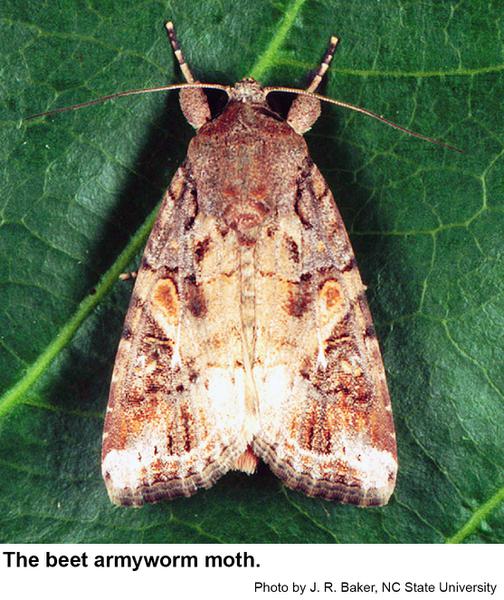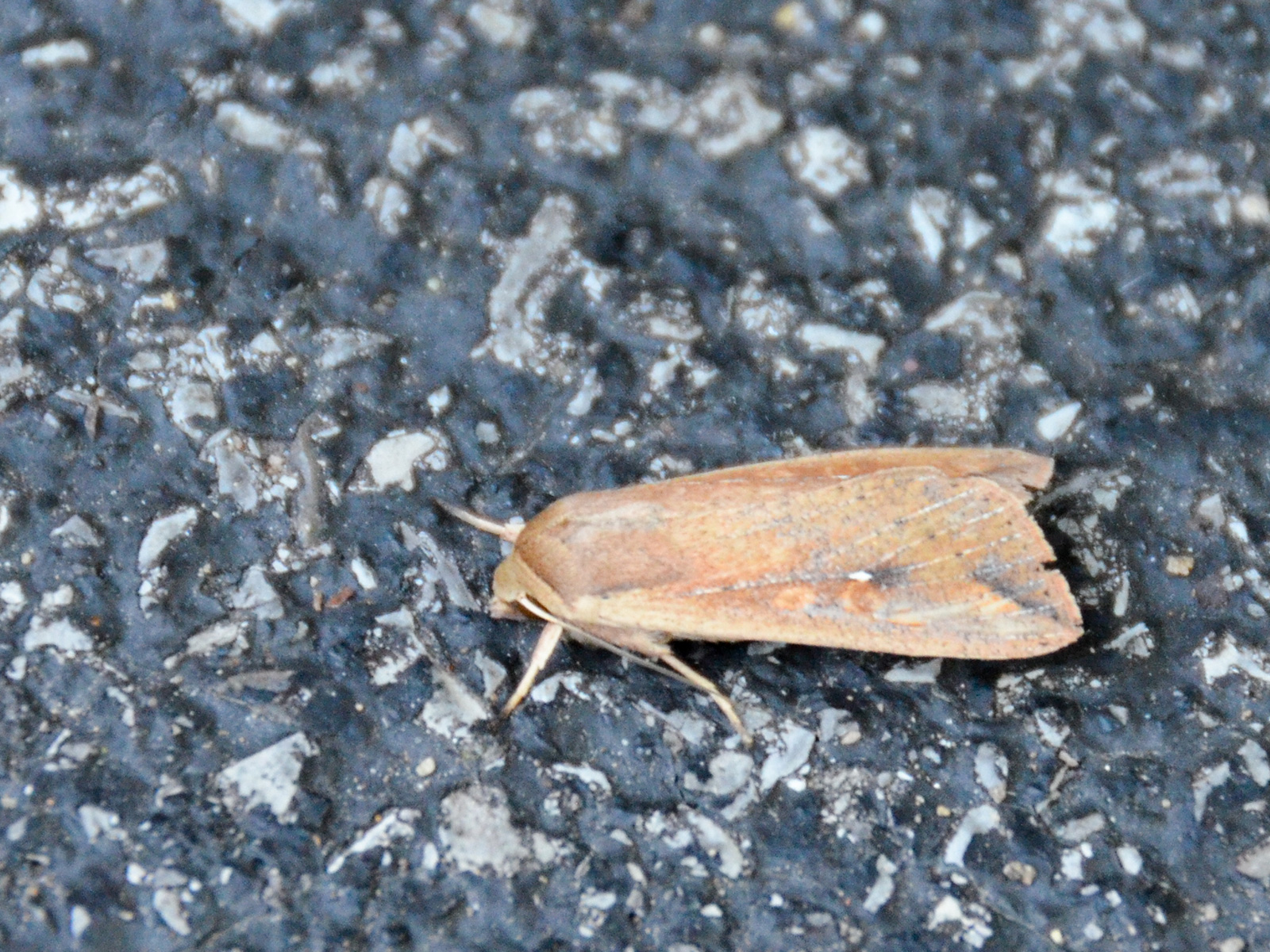

Sampling can be done with a sweep net or traps if armyworm populations need to be monitored. There is some evidence that biological controls may help limit armyworm populations.īecause the pest does not typically cause economic harm, insecticides are not routinely recommended. Due to limited research, it is unclear what strategies work best to control this pest. Wheat head armyworm is not typically a pest that causes economic harm, although sporadic incidents of major economic damage have been reported. However, this pest is generally not an economic concern for most growers. Numbers of egg masses laid by moths in the three moth age groups during theirinitial 48h or 72h oviposition periods in the two studies were not significantly. Characteristic damage is indicated by a small hole bored in the base of florets.

Feeding on wheat heads at night is most common. Research in Washington by Diana Roberts and colleagues noted up to 35% yield losses due to this insect in spring wheat trials near Davenport. The adult female moth of the Armyworm is a strong flyer and has rapidly spread. This moth usually lays its small, round, white eggs in theterminal leaf sheaths of small grain, timothy and other grasses. The adult form of thearmyworm is a brownish moth bearing a white spot in the center of eachanterior wing. Larvae developing from these eggs then feed on wheat from May into the summer. downloaded and printed for private study, research and teaching purposes. Army Worm Moth, Pupa and Eggs on Grass Leaf Grass is the natural home of the armyworm. Moths emerge in the spring months and lay eggs on wheat or barley. Armyworms are moth caterpillars that vary in color (gray or green) with a distinct yellow, white, and brown stripe along the body. The only way to manage FAW in the long term is through Integrated Pest Management.Armyworms can be problematic pests in cereal grains. A map on page 4 shows the spread of the pest to-date.įAW is a dangerous transboundary pest with a high potential of spreading due to bioecological and trade aspects. For the time being, its modality of introduction and its spread to Africa and adjustments of its bio-ecology are still speculative. In 2017 it has been detected in the whole of mainland Southern Africa (except Lesotho and the Island States), in Cameroon, Ghana, Niger and Ethiopia, Kenya, Uganda, Burundi, Rwanda, and it is expected to go further. FAW has several generations per year and the moth can fly up to 100 km per night.įAW was first detected in Central and Western Africa in early 2016 (Benin, Nigeria, Sao Tome and Principe, and Togo) and in late 2016, in Southern Africa.


During infestation plant damage results in total yield loss or reduced grain quality and quantity. It is mainly a pest of maize, with potential hosts from 26 plant families. Fall Armyworm (Spodoptera frugiperda) is a moth native to tropical and subtropical regions of the Americas, whose caterpillar or larva (photo) causes damage.


 0 kommentar(er)
0 kommentar(er)
